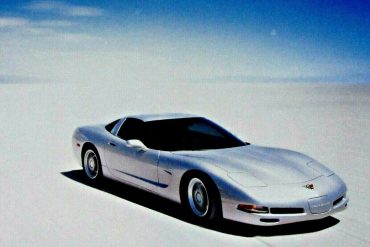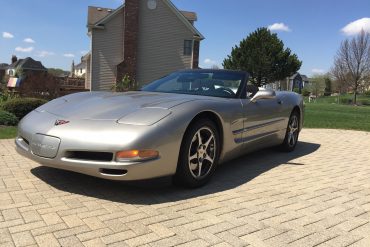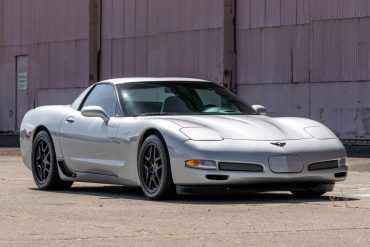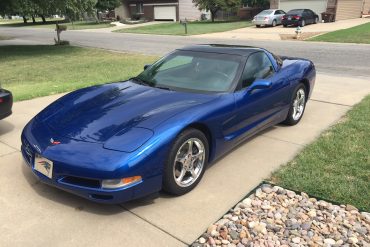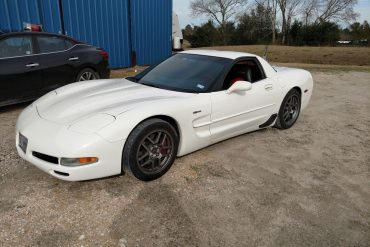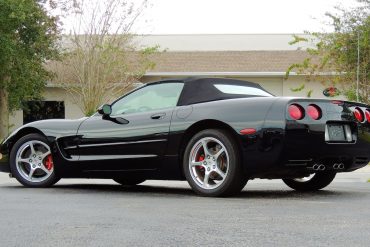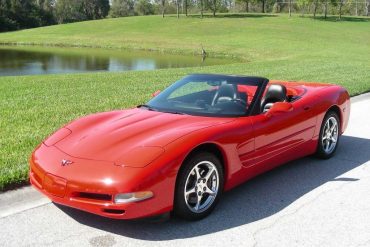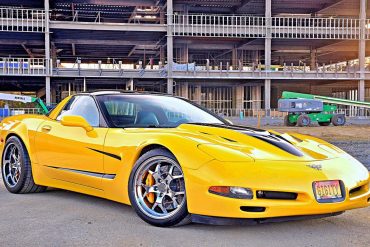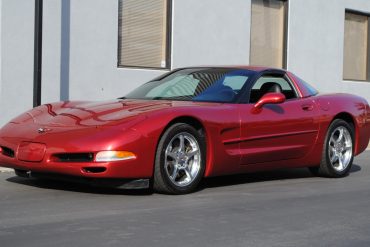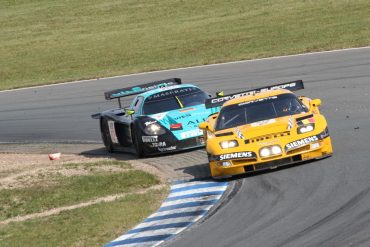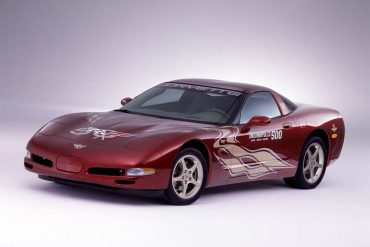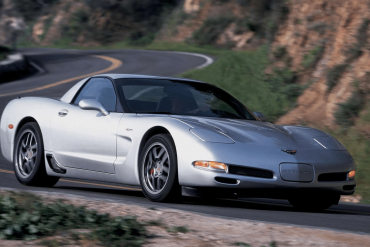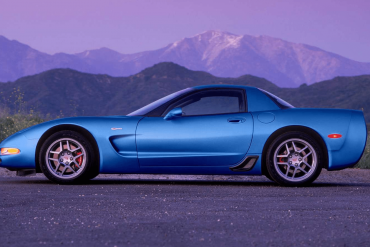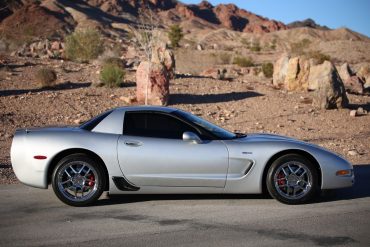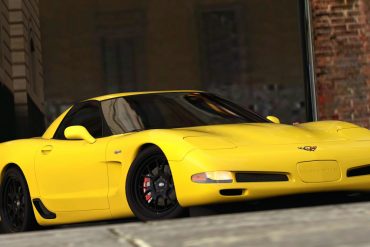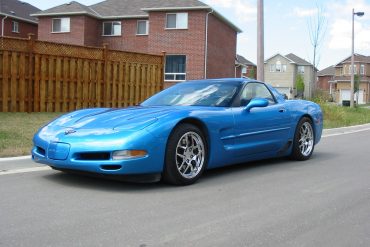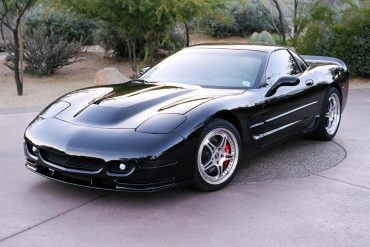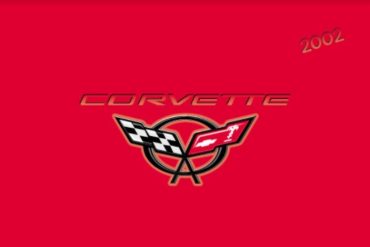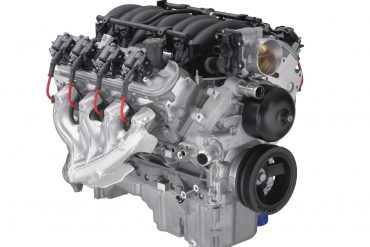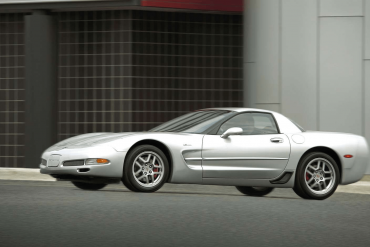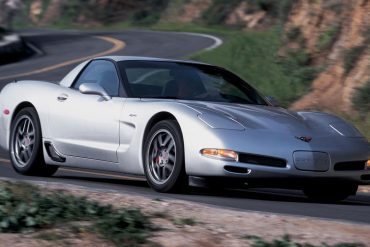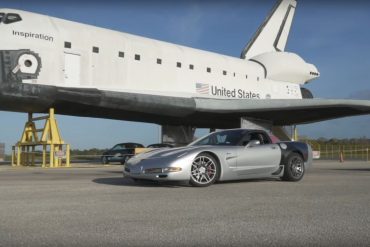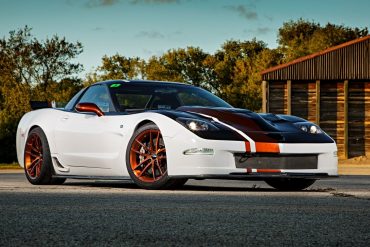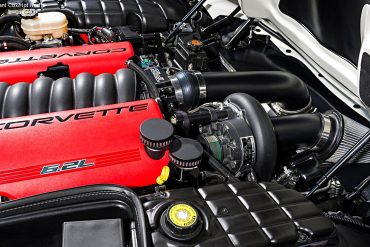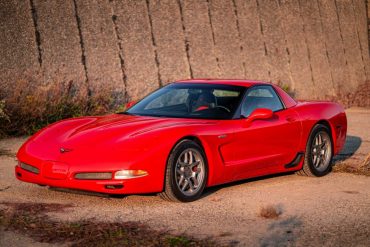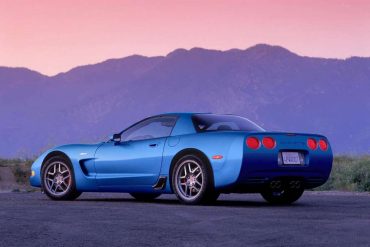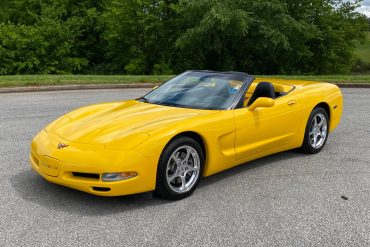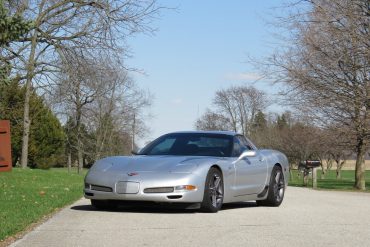2002 Corvette Ads No Subscription? You’re missing out Get immediate ad-free access to all our premium content. Get Started...
Light Pewter 2002 Chevrolet Corvette We found some examples of 2002 Corvette in the Light Pewter color scheme. These real Light Pewter paint...
Quicksilver 2002 Chevrolet Corvette We found some examples of 2002 Corvette in the Quicksilver color scheme. These real Quicksilver paint pictures of...
Electron Blue 2002 Chevrolet Corvette We found some examples of 2002 Corvette in the Electron Blue color scheme. These real Electron Blue...
Speedway White 2002 Chevrolet Corvette We found some examples of 2002 Corvette in the Speedway White color scheme. These real Speedway White paint pictures...
Black 2002 Chevrolet Corvette We found some examples of 2002 Corvette in the Black color scheme. These real Black paint pictures of...
Torch Red 2002 Chevrolet Corvette We found some examples of 2002 Corvette in the Torch Red color scheme. These real Torch Red...
Milenium Yellow 2002 Chevrolet Corvette We found some examples of 2002 Corvette in the Milenium Yellow color scheme. These real Milenium Yellow...
Magnetic Red 2002 Chevrolet Corvette We found some examples of 2002 Corvette in the Magnetic Red color scheme. These real Magnetic Red...
The Corvette C5-R was part of a plan by General Motors and their Chevrolet brand to create a factory team to participate in grand touring races not only in North America, but also elsewhere in the world, most notably at the 24 Hours of Le Mans. GM had previously been against approving factory support for Corvette racing programs, although the IMSA GT Championship's Corvette GTPs had seen some support until they ended competition in 1989.
For 50 years, Chevrolet Corvette has represented American performance. In 2002, Corvette also led the pack at two important racing venues: the Indy Racing League (IRL) and the 86th running of the Indianapolis 500. In its IRL pace duties, Corvette wore a two-tone white and Millennium Yellow paint scheme with checkered-flags graphics forming a V for victory.
2002 Corvette – The Ultimate Guide The 2002 model year showed no signs of slowing down for the C5 Chevy...
Browse 2002 C5 Corvette pictures, photos, and images. Explore and get inspired by hundreds of interior, exterior and action photos.
No Subscription? You’re missing out Get immediate ad-free access to all our premium content. Get Started Already a Member? Sign...
Built from 1997 until 2004, the C5 Corvette is considered one of the most reliable. Given its increasing affordability, the C5 offers a lot of power and performance at great value. How its maintained and cared for can dramatically affect the overall quality.
To Remain or Not To Remain Factory Equipped? That Is the Question… Every Corvette owner knows that driving their car...
C5 Corvette Car Covers C5 1996-2004 Corvette Custom Fit Car Cover This Xtrashield car cover is here to protect your...
This Owners Guide contains important information regarding the operation and maintenance of your 2002 Corvette. In order to obtain maximum enjoyment and usage from your car, we suggest that you familiarize yourself with the contents...
The LS1 is the spiritual successor to the “small block V8” that GM uses in rear-wheel-drive cars, trucks, and vans. It was introduced in 1995 as the “GEN III” engine and it only shared rod bearings, lifters, and bore spacing with its predecessors (which was in production 1955 until 2003). Little did GM expect for the LS1 has become a legend.
2002 C5 Corvette RPO Codes, Options Codes & Order Guide If you are looking to decode your 2002 Corvette RPO’s...
In 2002, a total of 35,767 Corvettes were produced, which was the peak for the C5 models. Production volume was consistent as strong demand continued to drive C5 sales.
A successor to the ZR-1 made its debut in 2001 as the Z06, giving a nod to the high-performance Z06 version of the C2 Corvette of the 1960s. The Z06 uses a tuned version of the standard LS1 engine (designated the LS6), with a higher power output of 385 hp (390 PS; 287 kW), later bumped to 405 hp (411 PS; 302 kW) starting in 2002.
We’ve featured a few quarter-mile, standing mile, and top speed runs on Corvsport in the past. However, we’ve never seen...
We have curated the ultimate collection of the 2002 Corvette Wallpapers and HD backgrounds for you to enjoy. Free to download
The LS6, which served as the motivating force behind the 2001-2004 Corvette Z06, bested the prior LS1 in virtually every facet of performance and proved formidable, both on the track and street. Perhaps more importantly, this engine provided a glimpse into the LS platform’s future, and its ability to constantly evolve.
Beauty in Red The C5 Corvette is one of the sleekest and most curvaceous Corvette generations out there. It’s a...
See the complete technical specifications and performance information for the 2002 Chevrolet Corvette, including engine specs, acceleration, & quarter mile.
Looking for information on how to maintain your 2002 Corvette? We've curated resources to help you keep your Corvette in great shape for years to come!
The following list of common issues is intended for individual reference only, and may not reflect the specific issues of every 2002 Corvette.
The 2002 Corvette was maturing as both a performance platform and as an aesthetic knockout. Get all the options, pricing, and color data here.


